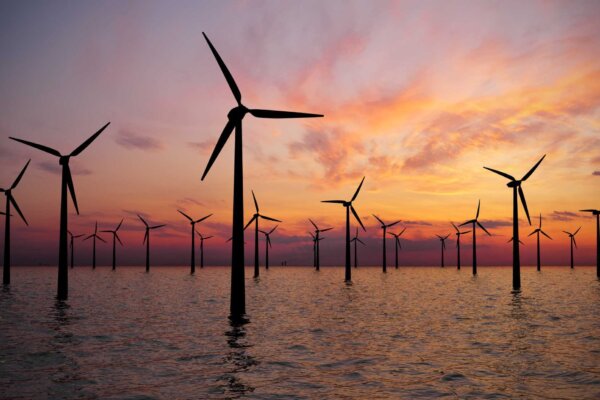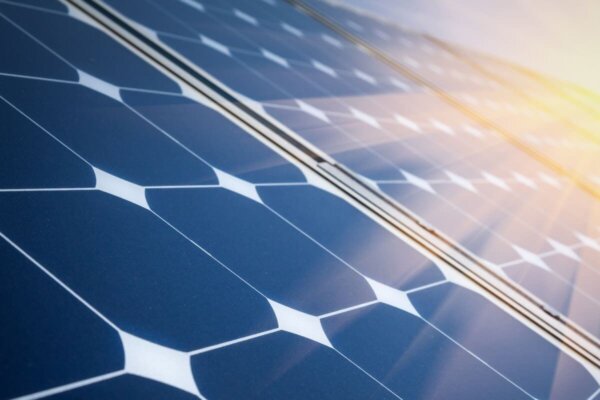UK Government identifies opportunities for electrification in UK industry
The Department for Energy Security and Net Zero’s (DESNZ) new study, titled Future Opportunities for Electrification to Decarbonise UK Industry5, focuses on identifying how the Government can help hard-to-abate, emission-heavy sectors in UK industry decarbonise through electrification. This includes recognising the barriers to electrification, exploring solutions, and explaining opportunities for electrification in industries such as cement, glass, paper, food and drinks.
After concluding that the emissions in these sectors were primarily produced for heat generation purposes, the study explores the electrification potential of seven major industrial heating processes, including electric boilers, high temperature heat pumps, and microwave technology. However, the report highlights that a lack of knowledge, the cost of electricity, upfront costs and the existing grid infrastructure were all barriers to electrification, which must be addressed if the electrification of UK industry is to unlock its potential.
The potential of recycling critical minerals
The International Energy Agency (IEA) has released a report on the potential of recycling to significantly reduce the mining of critical minerals, such as copper, lithium, nickel, cobalt and rare earths. The report, titled Recycling of Critical Minerals: strategies to scale up recycling and urban mining6, is targeted towards policymakers across the globe, as well as investors and recyclers.
Its findings highlight that developing new policies and facilities to support critical mineral recycling would help reduce strains on supply and ensure sustainability, through maintaining a secondary supply source that would limit reliance on new mines. Increased recycling of minerals would, by 2050, reduce the need for new mines by 40% for copper and cobalt, and by 25% for lithium and nickel. Notably, the report finds that if all existing and announced policies regarding recycling were put into effect, critical mineral recycling’s market value would climb to $200 billion globally by 2050.
As the net zero energy transition requires these materials, such as for batteries and energy storage, better recycling is critical to ensuring we can use these minerals in a more ethical, potentially profitable and secure way. Recycling critical minerals can have a plethora of positive effects – from reducing reliance on foreign imports, thereby increasing energy security by lessening our vulnerability to fluctuations in prices, to limiting the social and environmental impacts of mining.
NESO confirms that a decarbonised grid is achievable by 2030
In the National Energy System Operator’s (NESO) Clean Power 2030 report7, NESO affirms to the UK Government that it is feasible to reach a completely decarbonised energy system by 2030, and outlines a framework for achieving this.
In order to support the Government’s 2030 decarbonisation targets the report highlights that renewable energy capacity must expand. Offshore and onshore wind capacity must increase from the current capacity of 15 gigawatts (GW) to between 28-35GW and 13GW to 27GW, respectively. Additionally, solar power capacity must triple from 15GW to 47GW. The report also stressed the importance of technologies like carbon capture and storage (CCS) and low-carbon hydrogen generation, in decarbonising hard-to-abate industries. In order to maintain system stability and ensure cost efficiency during this process, new network infrastructure must be upgraded and constructed at a rate that is four times as quick as the past decade.
It’s motivating to see the details of how the UK can indeed achieve a decarbonised energy system by 2030 – and the pathway to get there.


